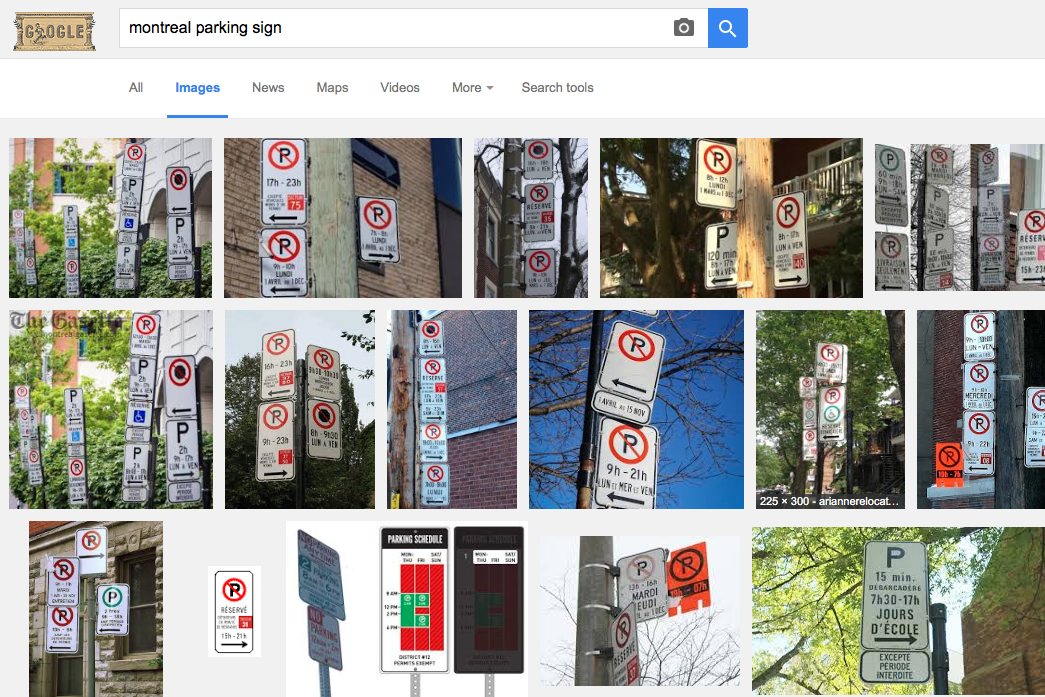That’s right, we write ‘em to respect ’em !
Once they are written up, a lot of procedures end up on a shelf or in a binder in a supervisor’s desk. Under lock and key!
TOO FREQUENTLY !
And too frequently, this is observed by investigators. Where is the problem?
In fact, there are several problems.
First, the SOP itself. Written in a much sophisticated language, far removed from the shop floor ( see previous issue).
Second, its availability. The locked binder in a supervisor’s office is not a joke I was once told that these documents were too important to let anyone use them! That brings me to the third problem.
Can it be read and used? Does an employee have a place to sit and read it? Is the only place available the corner of a desk? Or standing up? Is it available on the company network? Are there enough computers for all to use?
I have – or rather I had – a tendency to think that everybody was connected. At home and at work. Current numbers mention that 80% of households have an internet connection. Well, that might be, but you might be surprised to discover how many employees are computer illiterate.
Have you ever seen an employee sweating bullets and cry at the sight of a mouse (the device, not the rodent!).
Have you ever seen somebody looking at the mouse while moving it…instead of looking at the screen?
Have you ever had this blank look from someone when you mentionned that the next training session will be a CBT or a WBT?
How to use a computer is a training that is not offered to many employees these days of Web 2.0. We mostly take for granted that all our employees know how to use a PC. Think again.
But, I deviate from the real point. The real point about SOP availability is: can your employees take the time to read them. Can they stop to review an operational detail?
This point to another very important consideration, one that is also a major barrier to knowledge transfer and in general to compliance:
THE BOSS !
The best know obstacle to knowledge transfer is the organizational environment according to Haccoun(Haccoun et al, Managing Human Performance,2004).
Not the training design.
Not the attitude of the participant.
Not employee motivation.
The organizational environment.
The boss is a part of this. A ferocious part!
How many times, as a training professional, have you faced a training planning dilemna? You know, when you face your internal client, say the production manager, and he wants the regulatory training to happen tomorrow because they will have to shut down the lines to complete an unforeseen preventive maintenance task (!!). Or, when they ask you 2 weeks in advance BUT cancel at the last minute because they cannot let their employees go to the training session – didn’t they ask for a SHORT training anyway? What is this 2-hour long session?!
Ask the same manager to let his employees freely consult their SOP during the regular shift…try it.Just for the fun of it….with white gloves!
It might be the exception these days but there are still a few specimens alive!
The worst insult for a trainer however is the boss who not only prevents his employees to go to the scheduled training but will systematically extinghish any initiative from the freshly trained employee to implement the new concepts. The learning curve being what it is for any human being, the new methods or techniques will take more time to accomplish that the old way. For a while. Unless the BOSS jumps in to ensure that the new – and more compliant – method fails utterly by complaning about the delay.
Beyond those potential pitfalls, and I admit openly that I exagerate…sometimes, there are winning conditions on chich we, educators, can focus upon.
First the pre-planning activities. Before planning the full schedule for the masses, let’s plan a series of strategic meetings with the managers, the supervisors and the plant manager. Target your most important customers. Talk to them about THEIR needs and the regulation requirements. In that order.
Explain the challenges you face for the coming training schedule. AFTER they tell you the challenges THEY face !
Go into the WHY and not only the WHAT. Regulations have a tendency to emphasize the What. Demonstrate how the training could influence their productivity and bottom line.
Ask them how they think it could be done in an effecient and cost effective way.
AND then tell them what you expect of them AFTER the training is over. Follow-up is one of the most effective way to elevate the level of knowledge transfer. Expecially if the follow-up is performed by the boss.
Plan for another series of meetings with them after the training spree is completed to refresh their memory…and get a better buy-in !
And involve your trainers in those meetings if you can. Team spirit is possible only if the whole team is involved !
Oh, and by the way, I am well aware that time is precious. Yours and theirs. Such meetings are not always welcome or even possible in our organizations. But just think for a moment, if you were to do it, what would be the benefits, for you and your clients.
I will finish on this: Remember to always use the 5-F guideline. Be…
Friendly: They are your clients and colleagues. Treat them also as friends. Talk to them frequently. Not just at the onset of the annual regulatory training onslaught! Call them to know how things are going. Ask themif things are going well and if not what is going wrong – that is a really quick and really effective needs analysis by the way !!. You might- gasp !- invite them for lunch or buy them a small gift at their birthday ! Treat them as friends, Honestly, sincerely.
Fast:They want it now. Even before that if possible ! Do not waste time on a nice instructor’s manual if all you need is a job aid. Document appropriately however.
Flexible: For the scheduling, for the content, for the way learners act and interact.
Focused: Think bottom line and how could the performance of the team will be greatly improved. Focus also on the REALLY important procedures. Try to limit the number of operation interruptions. Do a risk analysis on your procedures 80% of your efforts should be allocated on the 20% of the SOP that really matters. FMEA is a nice way to evaluate the procedures – call me if you want to discuss this!
Again, Think bottom line !
Future-oriented : Think about the next training sessiosn and the one after, and for next year! And SHARE your thinking….your clients will appreciate and will help re-focus your efforts…and theirs!
Respecting procedures is possible when the WHY is as important as the WHAT and HOW. But the WHY needs more that an SOP to be understood. It requires the most important aspect of a quality system:
humans.
You
and them.
Keep on reading ! Onward toward the Third commandment!
Par François Lavallée, M. Sc.
© Copyrighted material Aliter Concept 2015. Please do not print or copy without permission from the author.
BUT DO SHARE IT using the social network buttons !!




